Smart Medical Solution
ZedIoT utilizes IoT and cloud computing technologies to enable traditional equipment manufacturers to undergo intelligent transformation, thereby boosting their market competitiveness. The R&D of wearable devices for human health monitoring to the growing demand for smart healthcare in the market.
Business Pain Points of Traditional Medical Equipment Manufacturers
Device Data Collection Challenge
Traditional medical devices often lack real-time data collection and transmission capabilities, leading to manual recording and data collation processes. This increases workload and the risk of errors.
Lack of Digital Competitive Advantage
The digital requirements of hospitals are increasing rapidly. However, traditional equipment has limited data storage and analysis capabilities, making it challenging to quickly analyze large volumes of data and extract valuable insights.
High Cost for Equipment Maintenance
Traditional medical equipment lacks remote monitoring capabilities, requiring maintenance personnel to physically visit the site to assess the equipment's status and operation. This leads to a waste of time and resources.
ZedIoT Four Smart Medical Solutions
ZedIoT aims to offer customers not only professional technical support in intelligent device management and control but also to explore additional business value. Through digital management methods, ZedIoT strives to assist customer enterprises in achieving industry-leading capabilities.
By leveraging Internet of Things (IoT) technology, traditional medical equipment can be connected to a cloud platform, enabling remote monitoring, data collection, and analysis of the equipment. This enhances the intelligence level and market competitiveness of medical equipment.
We offer a range of medical system development services to cater to the intelligent management requirements of diverse medical scenarios. Our services aim to enhance the level of medical information management.
Based on the digital transformation requirements of the enterprise's equipment, we specialize in designing and developing a digital management system that aligns with the needs of the equipment market. Our aim is to enhance the digital management capabilities of medical equipment.
By integrating sensor technology, Internet of Things (IoT), and cloud computing, we enable real-time monitoring, data collection, and analysis of human health indicators. This enables us to provide personalized health management and telemedicine services to users.
Medical Equipment IoT Transformation
The utilization of Internet of Things (IoT) technology connects traditional medical equipment to a cloud platform, enabling remote monitoring, data collection, and analysis of the equipment. This enhances the intelligence level and market competitiveness of medical equipment.
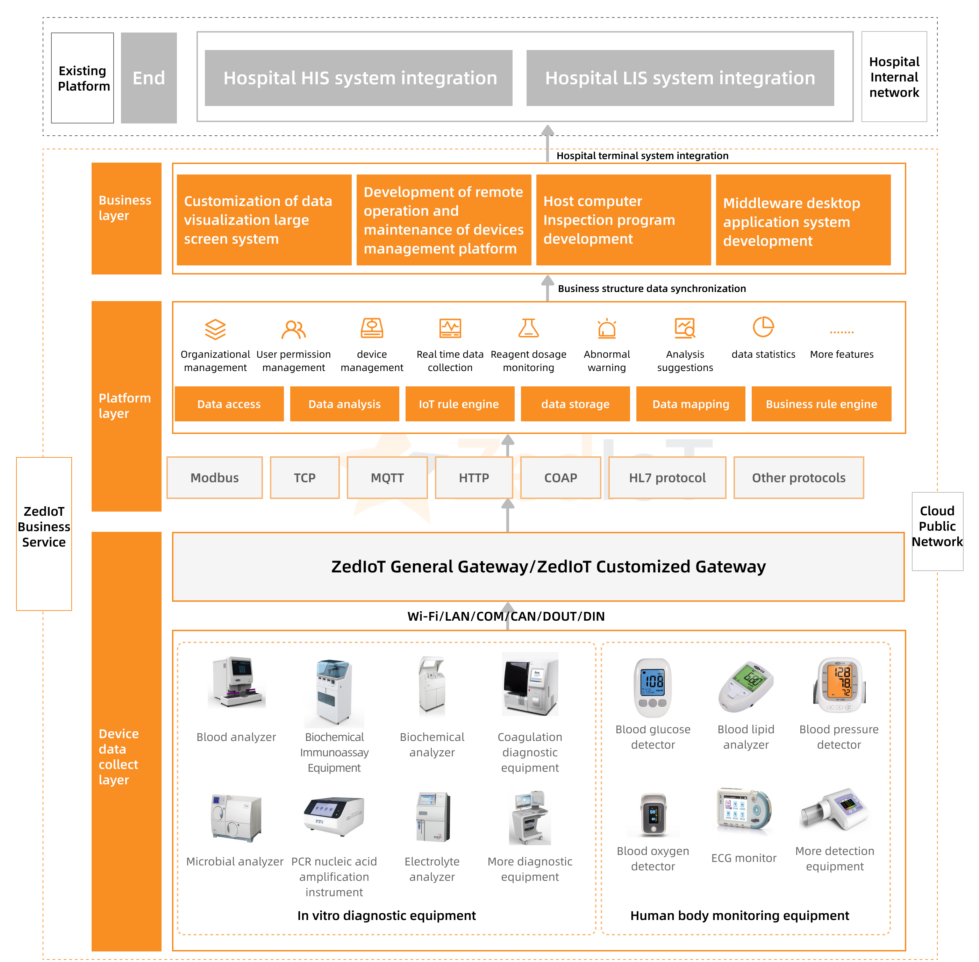
Development and Construction of Smart Medical System
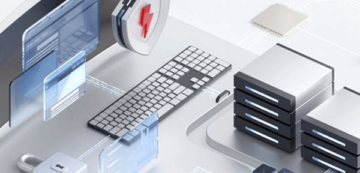
Device IoT management system
We offer tailor-made gateways for devices to enable device networking and cloud-based data integration.
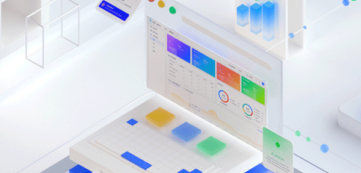
Operation and maintenance management system development
We provide customized R&D services for remote operation and maintenance of equipment, as well as data acquisition system development.
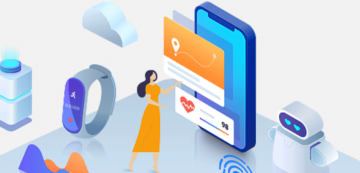
Medical health monitoring APP development
With a wearable health monitoring device, you can conveniently check your health indicators anytime and anywhere.
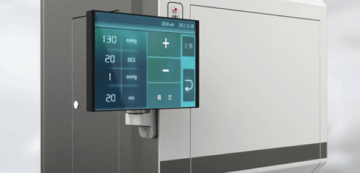
Development of host computer inspection program
Research and development of host computer test programs for medical devices aims to achieve visual control and monitoring of equipment.
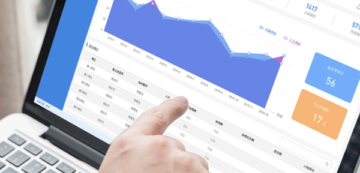
Middleware desktop system development
We offer research and development services for medical middleware desktop applications to enable remote device control.
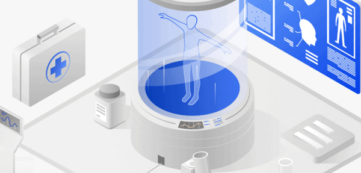
Hospital third-party system integration
We provide services for integrating hospital third-party HIS (Hospital Information System) and LIS (Laboratory Information System) systems.
Customization of Medical Equipment Digital Management System
ZedIoT specializes in designing and developing a digital management system that aligns with the equipment market's needs, catering to the digital transformation requirements of enterprises. This system enhances the digital management capabilities of medical equipment.
Based on monitoring data, perform in-depth analysis to generate data insights and visual dashboards, assisting hospitals in making procurement decisions. For example, in the case of insufficient reagent inventory, the system will prompt the hospital to increase the procurement quantity of the relevant reagents.
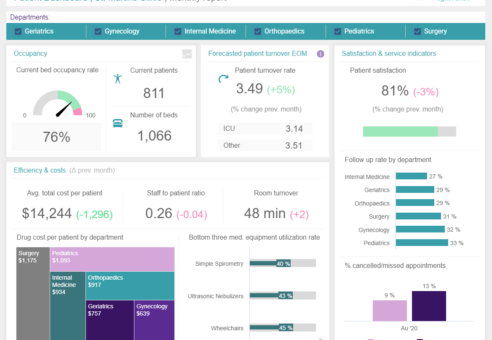
It is possible to integrate with the ERP system to obtain asset data of various distributors and end customers. This includes basic information about the equipment such as model, specifications, manufacturer, purchase date, warranty period, and more.
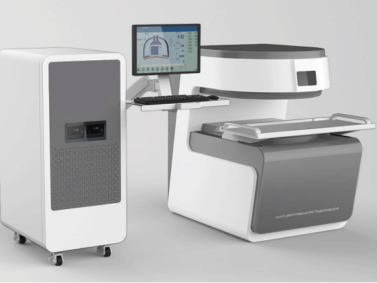
Multiple dimensions of real-time usage data can be monitored for the equipment, including device status, cumulative usage of reagents and consumables, number of sample tests, cumulative operating time of the device, and more.
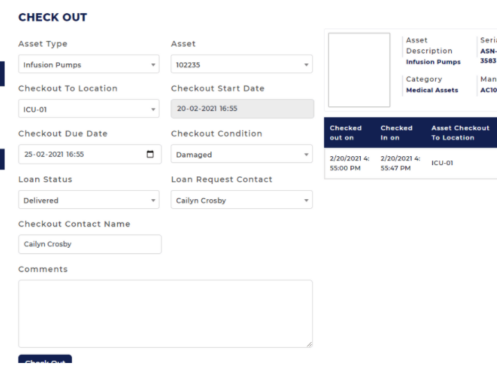
Track and analyze the usage of equipment consumables, such as reagent sampling data, sample statistics, and consumption quantities of different reagents and consumables for each device. This can be done by conducting statistical and analytical analysis based on daily, weekly, and monthly data dimensions, resulting in more refined data analysis conclusions.
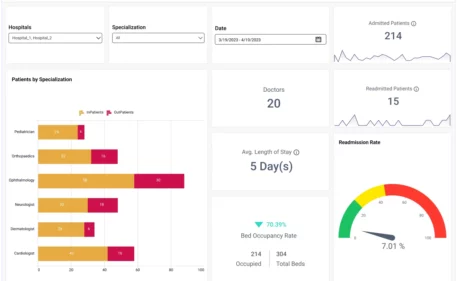
By conducting statistical analysis and evaluation of equipment data, the usage and performance of the equipment can be assessed. This provides a basis for equipment management and decision-making.
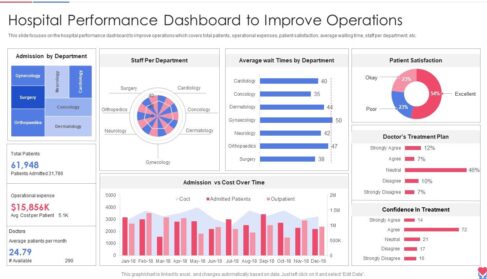
Developing a maintenance plan for the equipment and tracking its execution is essential to ensure its normal operation and extend its lifespan.
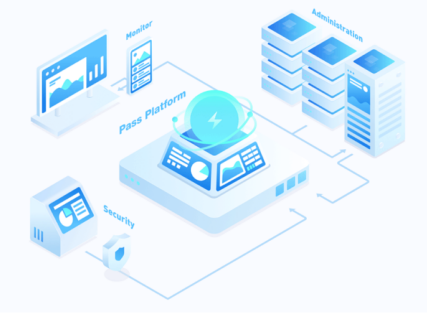
By remotely monitoring the operational status of devices through a network, potential issues can be promptly identified and addressed, thereby enhancing the reliability and safety of the equipment.
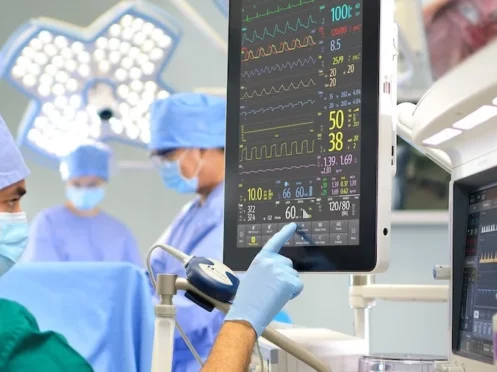
By monitoring and analyzing equipment data, timely alerts can be generated for equipment failures, thereby improving the stability and reliability of equipment operation and ensuring the normal utilization of medical resources.
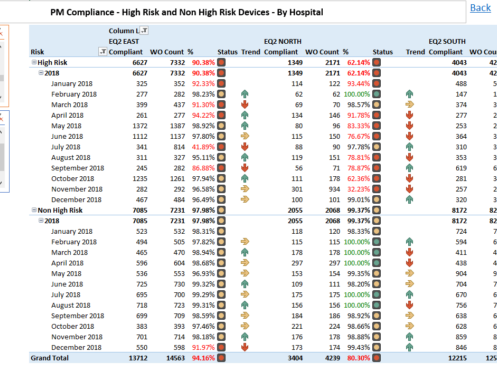
R&D of Wearable Human Health Monitoring Equipment

Our Solutions Value
01
Increase the data value of medical devices
IoT transformation enables remote monitoring and automated operation and maintenance of medical devices, thereby reducing maintenance costs. Through data analysis and mining, it can provide medical institutions with comprehensive and accurate information, enhancing decision-making capabilities and improving healthcare services.
02
Improve the efficiency and quality of healthcare services
By real-time data collection and transmission, healthcare professionals can remotely monitor the working status of devices and the health condition of patients. This reduces the manual workload of recording and organizing data, thereby improving the efficiency of healthcare services.
03
Build a healthcare ecosystem centered around human health
By researching and developing various types of wearable health monitoring devices, B2B enterprises can contribute to building a healthcare ecosystem centered around human health. This enables the exploration of more value from medical data.
Contact us and our experts will get back to you with more cases.